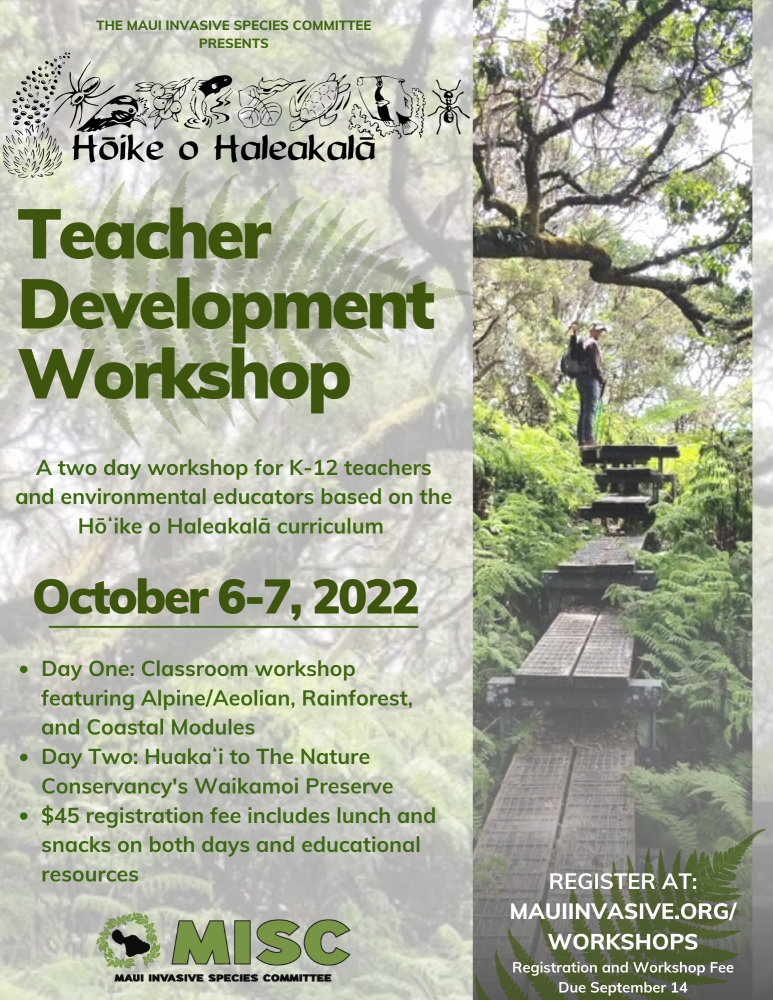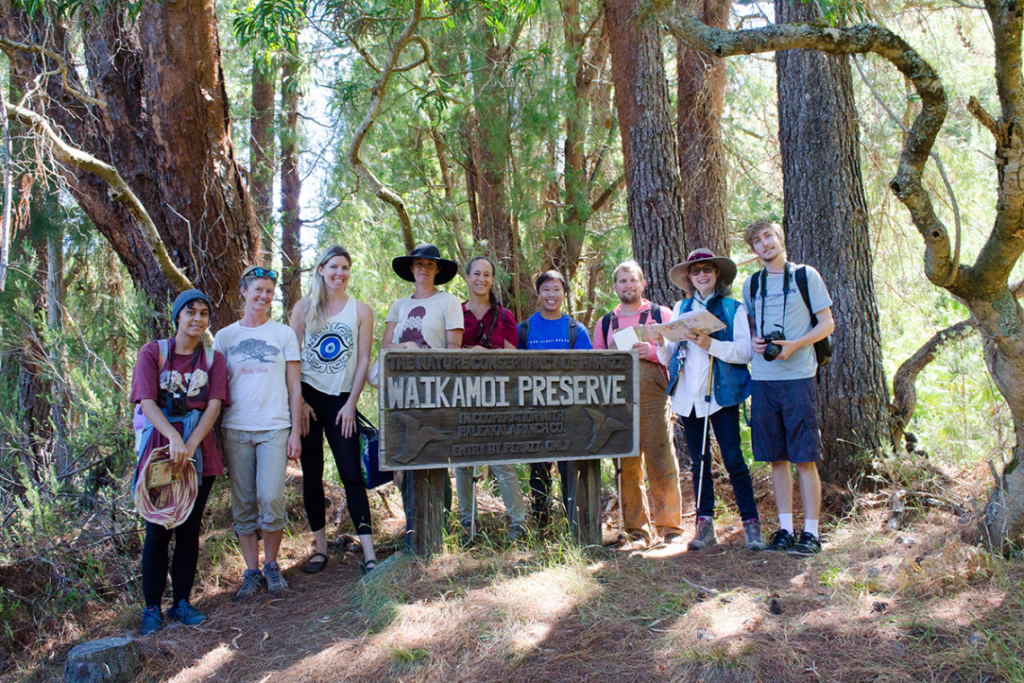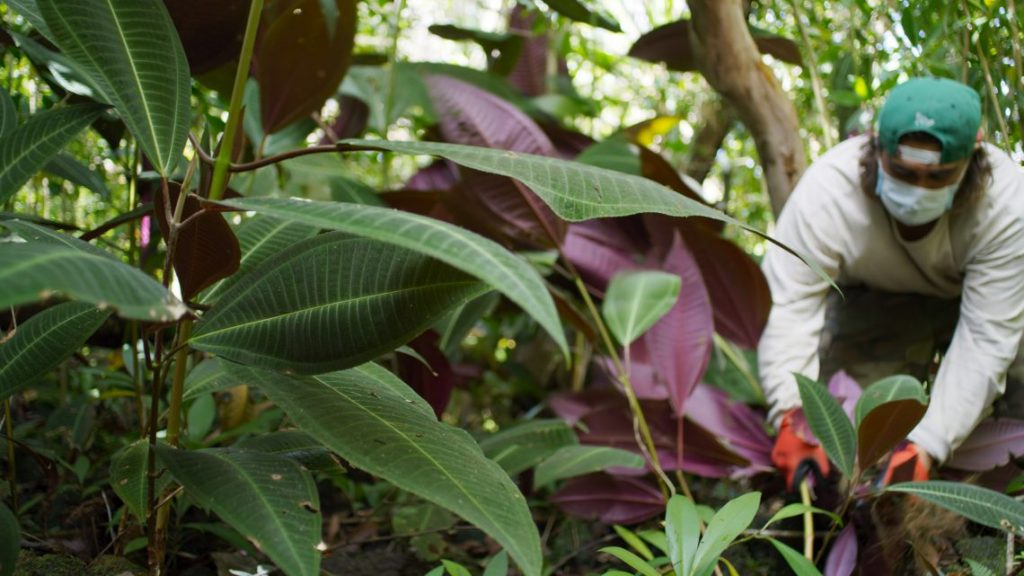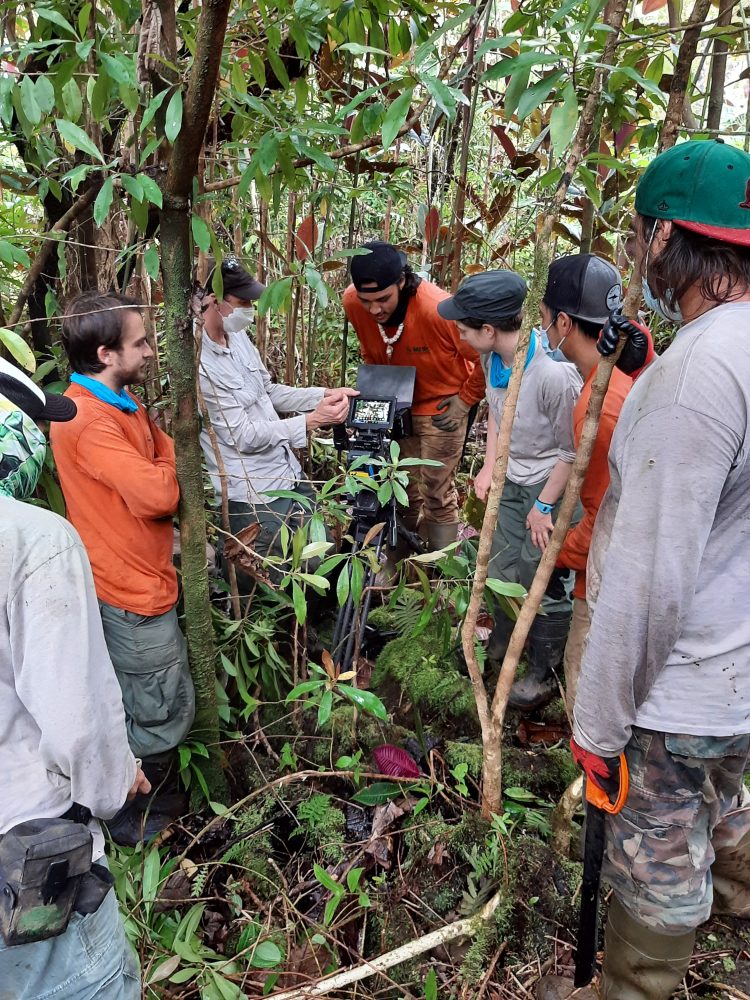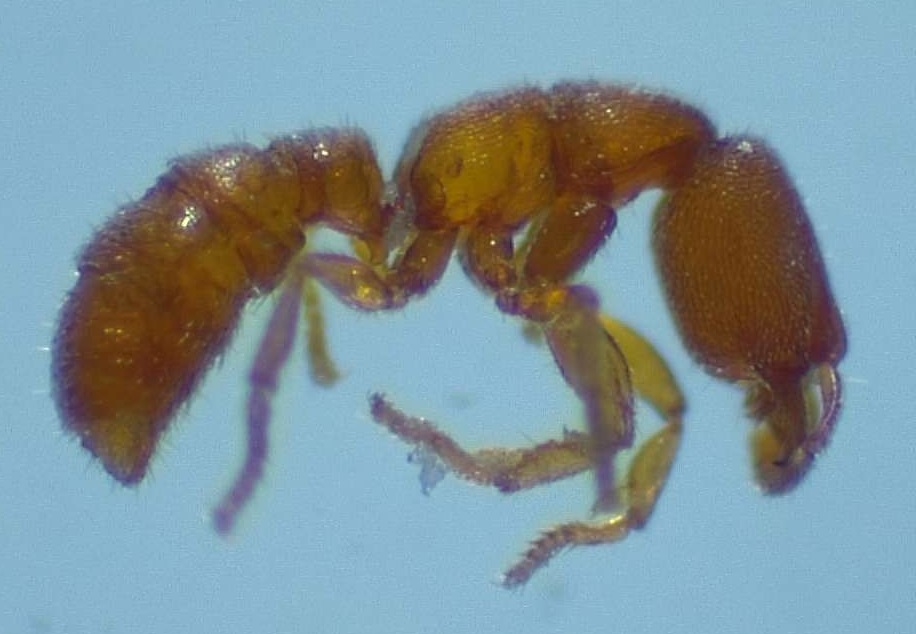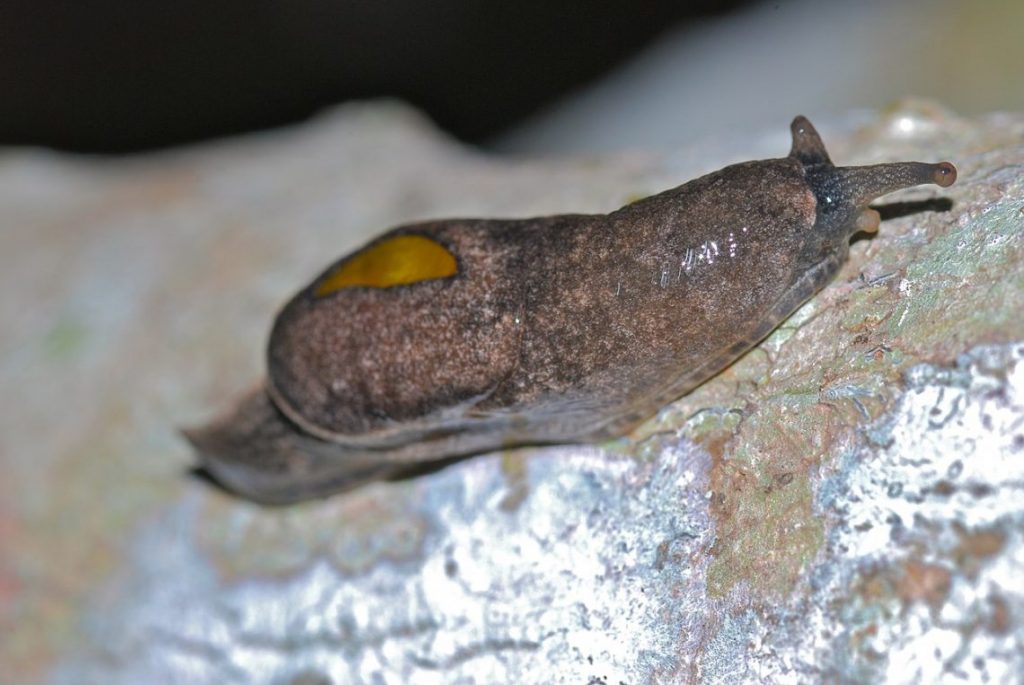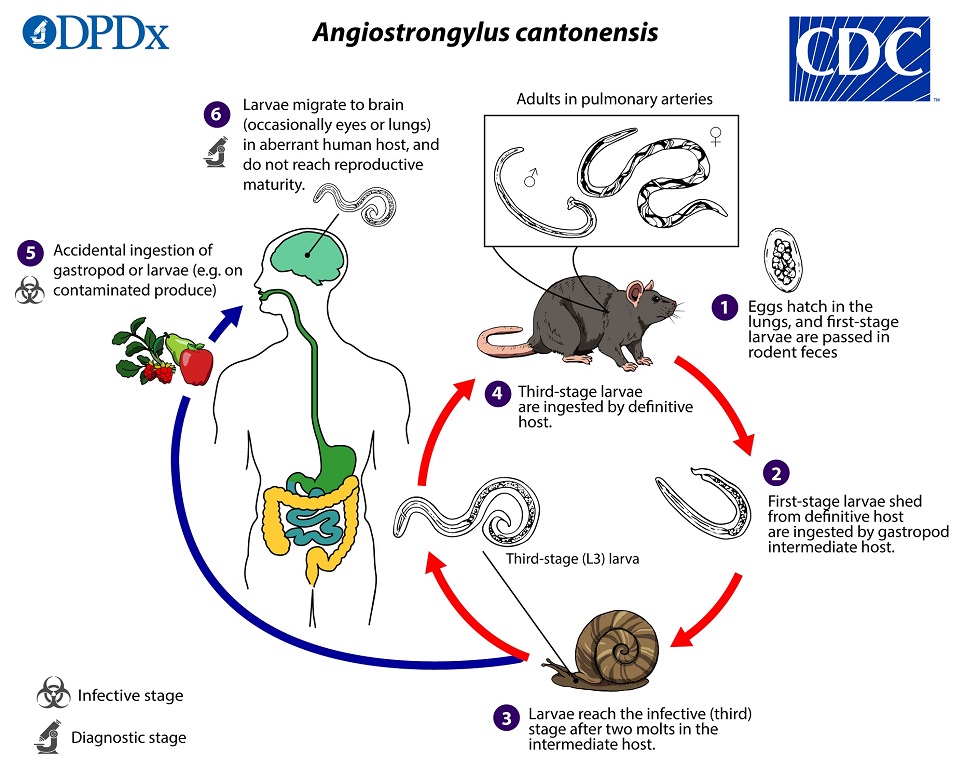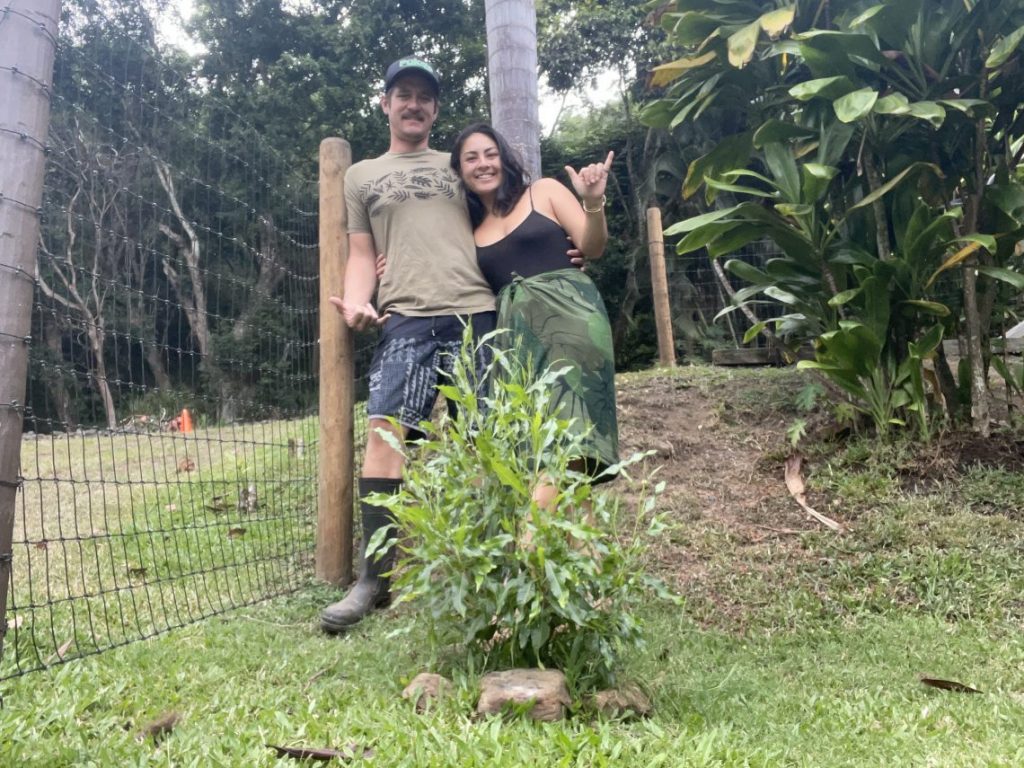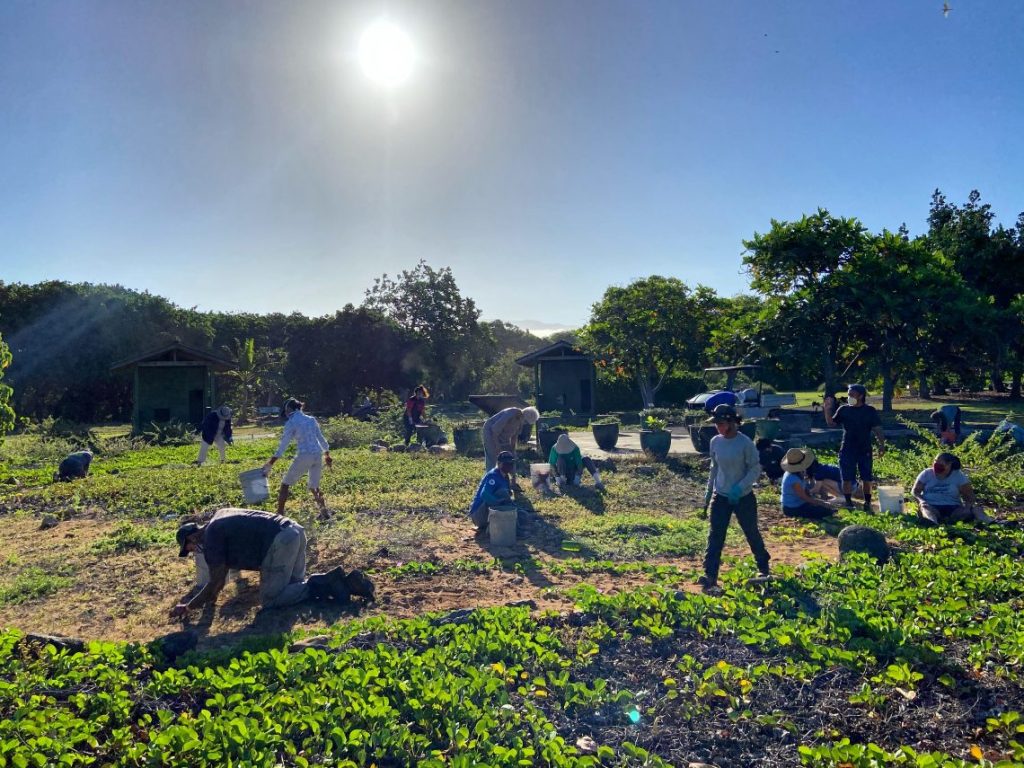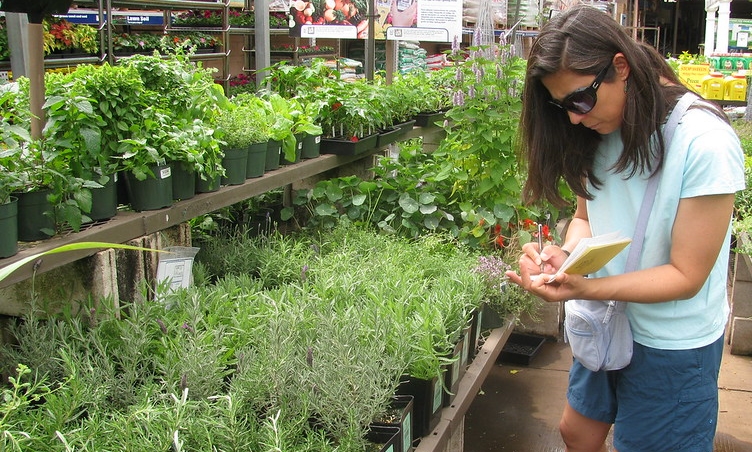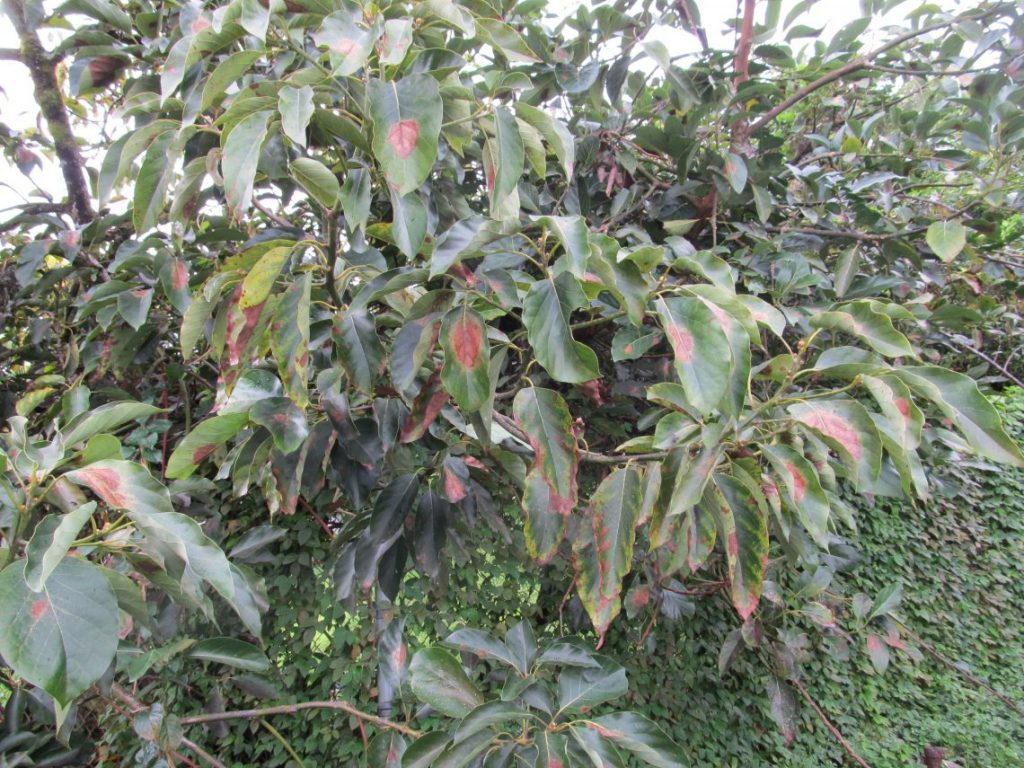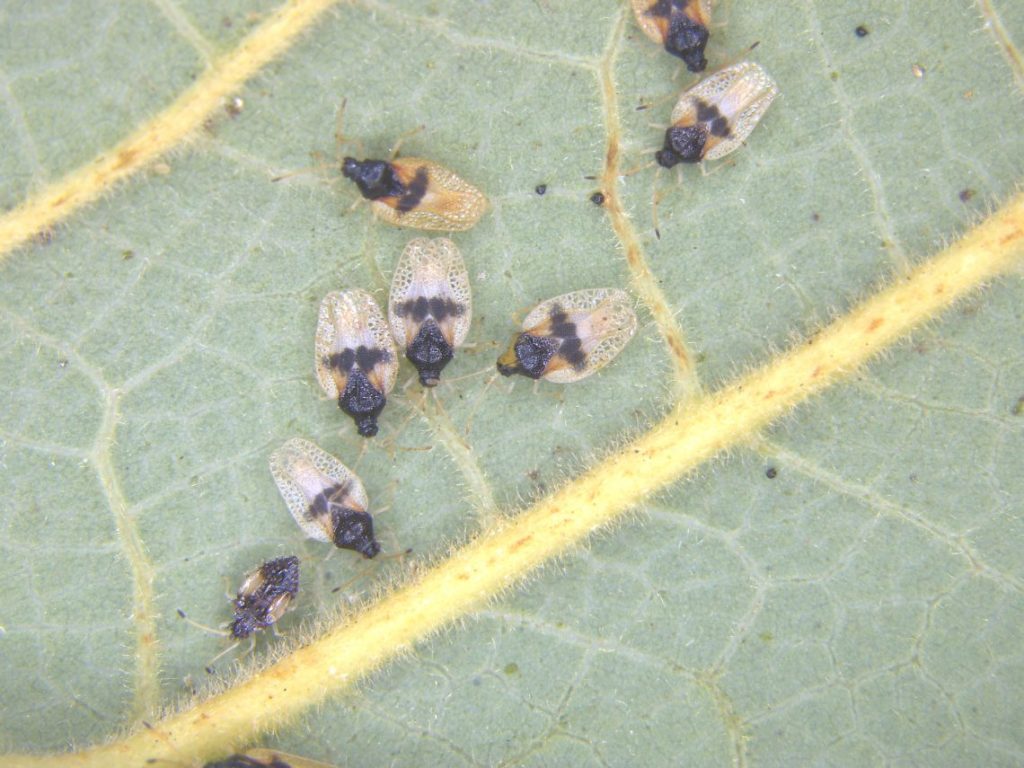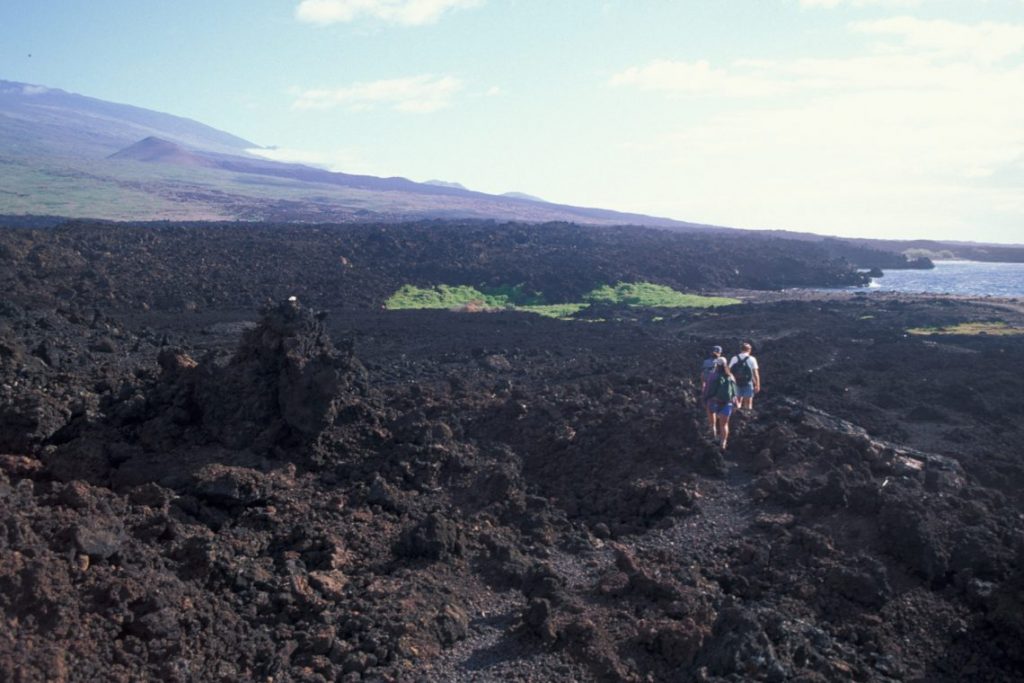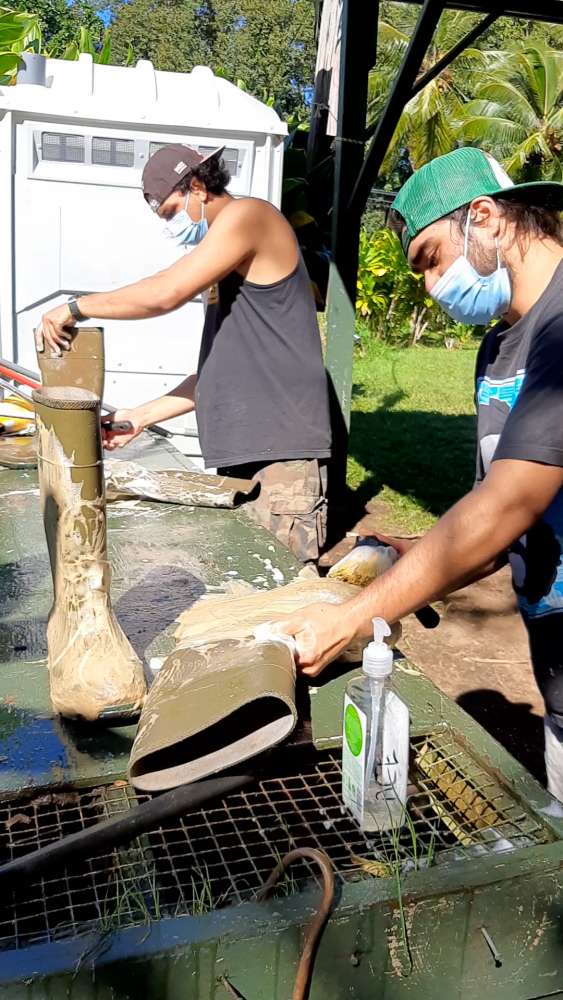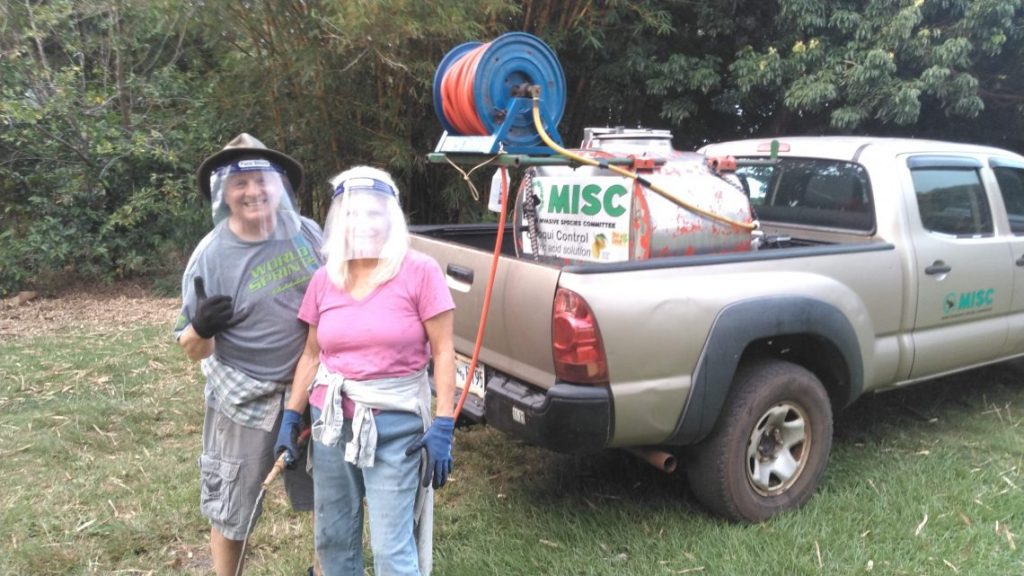In late August, the Maui Invasive Species Committee (MISC) received a report of stinging ants in Haʻikū, via the Statewide Pest Hotline, 643pest.org. The community member reported painful stings from tiny, red ants inside the home. MISC staff visited the site, confirmed the presence of little fire ants (LFA), and began conducting surveys in the neighborhood on August 29th. The MISC team estimates the infestation to include approximately four-to-six acres and will finish mapping its extent before beginning control treatments.

Little fire ants are native to South and Central America and are thought to have arrived in Hawaiʻi in the late 1990s. The ants are tiny – only as long as a penny is thick. They form supercolonies with multiple queens, blanket landscapes, and outcompete most other insects in the area, both native and non-native. Elsewhere in the world, little fire ants have had devastating impacts on native biodiversity.
The ants live in moist, shady environments on the ground and in trees. Typically, people first experience little fire ant stings on the neck or arms; the ants are easily dislodged from trees or branches, falling onto whomever passes below. These painful stings can cause hikers, farmers, and hunters to abandon areas where LFA become well established. When little fire ants invade yards and homes, they can blind pets and cause residents to move to avoid relentless stings.
“Community reports of stinging ants are critical in preventing little fire ants from becoming established on Maui,” says Teya Penniman, MISC Acting Manager.
Reports from community members have led to the detection of 13 of the 19 known infestations on Maui. Once detected, each infestation is treated for approximately one year, then monitored to ensure elimination. The new infestation in Haʻikū will make eight little fire ant sites on Maui under active treatment. Six sites are in the monitoring phase (ants not currently detected), and five have been eradicated. Maui’s largest little fire ant infestation in Nāhiku has shown promising results: 95% of the samples collected in last year’s survey efforts were empty, indicating that the treatment of this 175-acre site is working. A comprehensive survey will take place later this month to further gauge progress.
“Community reports of stinging ants are critical in preventing little fire ants from becoming established on Maui,” says Teya Penniman, MISC Acting Manager. “It’s our best hope for early detection. Calling MISC or using the 643-PEST reporting tool helps catch these invaders before they can spread further.”

MISC recommends collecting ants in your yard for identification at least once per year and every time you purchase new materials such as mulch or nursery plants. It only takes a few minutes to test for LFA:
Smear a tiny bit of peanut butter (or mayonnaise if peanut allergies are a concern) on several thin strips of cardboard, and place them in shady places in your yard. After 45 minutes, collect the samples with ants, place them in a plastic bag labeled with your name, address, and contact information, and freeze for 24 hours to kill the ants. Mail them to your local Invasive Species Committee. On Maui, send them to MISC, P.O. Box 983, Makawao, HI 96768.

Funding from the County of Maui and the Hawaiʻi Invasive Species Council supports little fire ant detection and control efforts in Maui County. The Hawaiʻi Department of Agriculture inspects incoming plant materials and produce for invasive pests, preventing additional infestations, and partners with MISC on survey and control efforts.
Visit stoptheant.org to learn more about collecting ant samples and request a free ant collection kit. Contact MISC with concerns, questions, or reports at 808-573-6472 or miscants@hawaii.edu. Reports can also be submitted through 643PEST.org.


